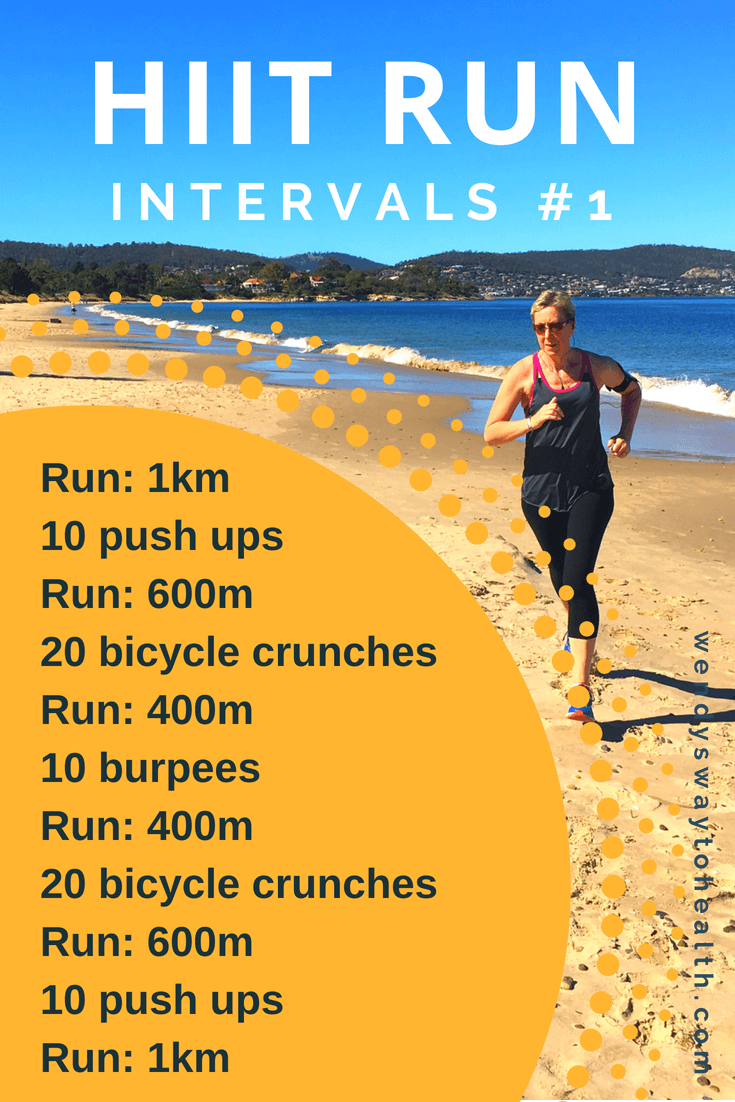Turbocharge Your Runs: Unlock Your Possible with Strategic Running Workouts
Turbocharge Your Runs: Unlock Your Possible with Strategic Running Workouts
Blog Article
Overcoming Discomfort in Operating: Methods and Strategies That Work
Pain is an usual companion for lots of joggers, usually functioning as an obstacle to achieving their preferred goals. With the appropriate approaches and methods, it is possible to overcome and even avoid the discomfort linked with running. By checking out numerous techniques such as understanding the various kinds of running pain, optimizing footwear and kind, incorporating cross-training and toughness exercises, implementing reliable recuperation methods, and keeping correct nutrition and hydration, runners can possibly relieve their pain and enhance their overall running experience.
Understanding Different Kinds of Running Pain

An additional kind of running pain is joint pain, which can manifest as a sharp or achy discomfort in areas such as the knees, hips, or ankle joints (running strategy). Joint discomfort may be brought on by aspects like inappropriate running form, overuse, or underlying problems like joint inflammation (Get More Info). It is necessary to separate between muscle mass discomfort and joint discomfort, as the latter may require clinical focus to protect against further injury
Comprehending the various types of running discomfort is critical for efficient management and avoidance techniques to ensure a safe and pleasurable running experience.
Correct Shoes and Running Type
To maximize efficiency and lower the danger of running-related injuries, picking appropriate footwear and keeping correct running form are crucial parts for joggers of all degrees. Correct footwear plays an important role in providing assistance, padding, stability, and protection for the feet and lower limbs. It is advised to pick running shoes that are especially developed for the individual's foot kind, running stride, and the kind of running task they take part in. Obtaining suitabled for shoes at a specialized running shop can aid guarantee the ideal fit and support.

Cross-Training and Toughness Workouts
Stamina workouts, like squats, lunges, and core workouts, play a crucial function in supporting muscles and improving running performance. They can correct muscle mass imbalances, enhance agility, and improve power output, all of which are important for running performance.
Integrating cross-training and toughness workouts into a running routine ought to be done tactically. It is necessary to permit for sufficient remainder in between running sessions and cross-training activities to stop overuse injuries. Furthermore, focusing on appropriate type and technique throughout stamina workouts is essential to optimizing their advantages and reducing the risk of injury. By including these aspects right into a running routine, joggers can construct a stronger structure, improve performance, and appreciate a much more lasting running experience.
Recuperation and Rest Strategies
Having established the value of cross-training and stamina workouts in a thorough running routine, focus can currently be routed in the direction of Healing and Rest Techniques as integral elements for enhancing performance and minimizing the danger of injuries. (running strategy)
Healing after running is important for muscle fixing and development. Strategies such as foam rolling, stretching, and massage therapy help in lowering muscle mass discomfort and boosting versatility. Appropriate remainder in between runs allows the body to recuperate and adapt to the physical stress, protecting against overuse injuries.
Incorporating energetic healing days into a training schedule, where low-intensity tasks like walking or biking are carried out, can improve blood flow and promote recovery without putting excess stress on the muscle mass. Furthermore, correct hydration and nourishment play an important duty in the healing procedure by replenishing lost fluids and nutrients.
Quality sleep is another necessary element of recovery that ought to not be ignored. Throughout sleep, the body undertakes fixing and regrowth processes, adding to total physical and psychological health. By focusing on recuperation and rest methods, joggers can maintain ideal efficiency degrees and lower the chance of experiencing discomfort or injuries.
Nourishment and Hydration for Runners
Just how can joggers maximize their performance with correct nutrition and hydration methods? Nutrition and hydration are crucial elements of a runner's training program, playing an essential function in efficiency, endurance, and recovery. To enhance performance, runners must concentrate on taking in a healthy diet regimen that includes carbohydrates, proteins, healthy fats, vitamins, check over here and minerals. Carbs provide power for running, while healthy proteins aid in muscular tissue repair and recovery. Healthy and balanced fats sustain general wellness and aid in taking in crucial nutrients. Adequate hydration is likewise necessary to keep optimal efficiency, as even light dehydration can adversely impact running efficiency. Runners need to drink water before, during, and after their runs to remain hydrated. Electrolytes, such as sodium and potassium, are additionally crucial for keeping liquid equilibrium and muscle feature - running strategy. In addition, timing meals and snacks properly prior to runs can assist stop stomach discomfort and supply the needed power for peak performance. By taking notice of their nutrition and hydration, joggers can boost their endurance, speed up recovery, and do at their best.
Verdict
Finally, by understanding the different types of running discomfort, wearing appropriate footwear, keeping correct running type, including cross-training and stamina workouts, prioritizing recuperation and remainder, and concentrating on nourishment and hydration, joggers can properly get over pain and boost their efficiency. Applying these methods and techniques can assist runners protect against injuries, enhance their endurance, and eventually delight in a more fulfilling running experience.
Report this page